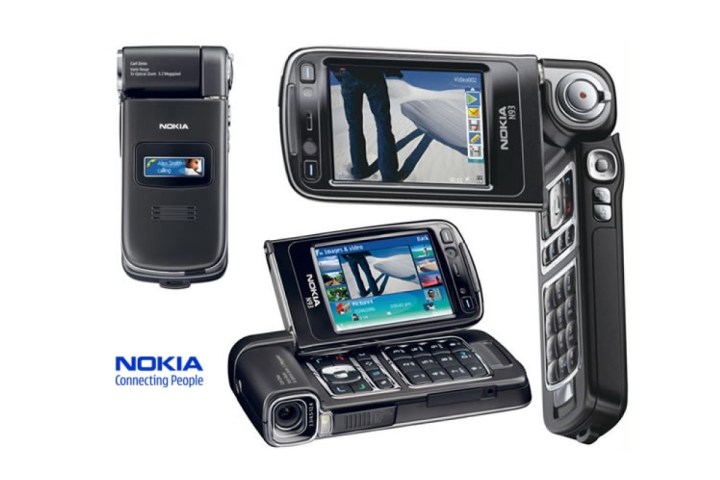Over the years, the mobile phone industry has surprised us with devices that defy all expectations in terms of form, function and style. From phones with unusual designs to phones with unexpected features, we explore the strangest mobile phones to hit the market along history.
Motorola B70 (2002)
Motorola V70 is unique with its rotating design and blue backlit keyboard, which gives it a special charm. It offered many convenient features such as calendar, currency converter, calculator, voice dialing, 64 ringtones (of which 32 are customizable), vibration mode, two-way SMS, caller ID, conference calling, three games (Blackjack, Mind Blast And paddleball)and wireless Internet access. Although its design and functionality seem dated now, the Motorola V70 was an attractive option at the time due to its style and advanced features.
Nokia 7600 (2003)

In 2003, Nokia released the Nokia 7600, a distinctive teardrop-shaped phone aimed at a younger audience, two years after introducing the 5510. Like most feature phones, the Nokia 7600 had a rectangular screen. keys, on the Nokia 7600 the keys surround the screen, making typing difficult. Despite having advanced features such as 3G network and a 0.3 MP camera, its clunky design made it nearly impossible to make calls or send text messages.
Siemens Xelibri 6 (2003)
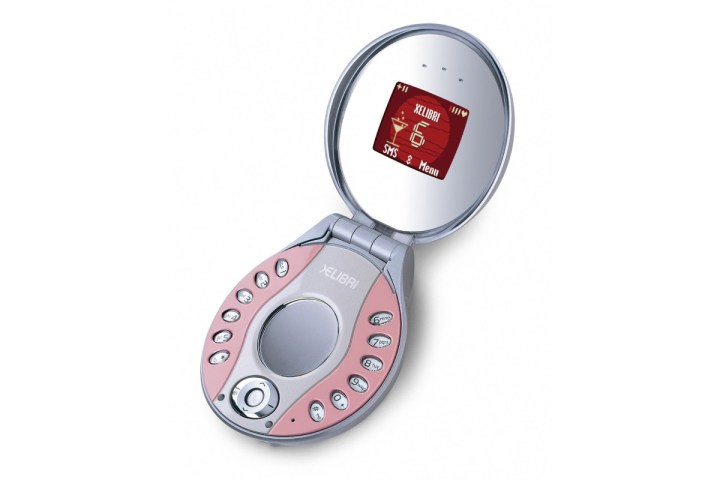
2003 seemed to be the year of extravagant phones as Siemens also released the distinctive Xelibri 6. Targeted mainly at a female audience, this cell phone was shaped like a clamshell with a hinge in the middle, a design inspired by a compact compact phone. Inside, Xelibri 6 surprised by the presence of two mirrors, one of which had a magnifying effect and was surrounded by a keyboard. In addition, a small screen was located inside the mirror at the top, providing an unusual viewing experience.
Matrix Samsung / Samsung SPH-N270 (2003)
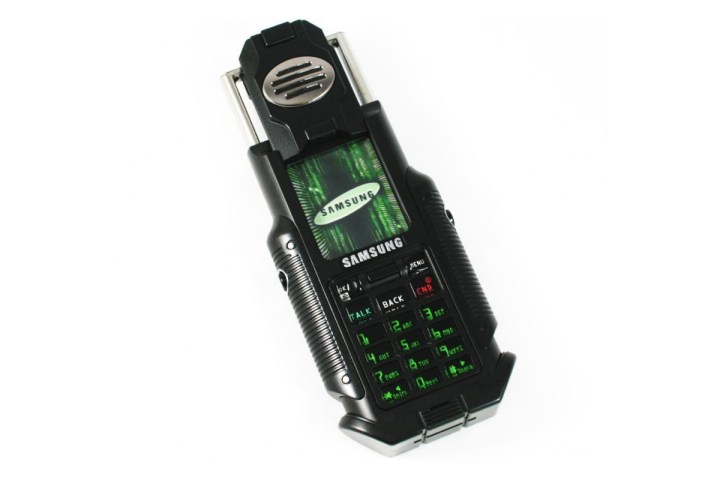
Released in 2003, the Matrix phone was designed to resemble the device used in The Matrix Reloaded. It had a spring-loaded speaker that lifted up to reveal the screen, as well as a GPS-enabled receiver, alarm clock, calendar, to-do list, and a simple calculator, although it didn’t offer text messaging (SMS). Design team Matrix collaborated with Samsung to develop a phone whose specifications and release date matched those of the film. However, it was not intended for general use; sold exclusively to fans of the film.
Haier P7 Pen Phone (2004)
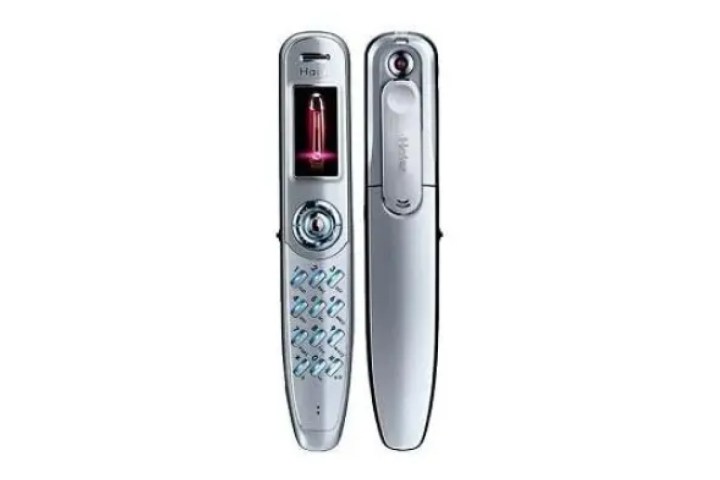
The Haier P7, also known as the Pen Phone, was shaped like a rather bulky pen. It had a speaker on one end and two microphone holes on the other. There was a small screen at the top, and below it were arrow buttons and a dense keyboard. In addition, it had a VGA camera and a USB port. However, despite its ability to last up to six days on a single charge, its idiosyncratic design has made it unpopular among users.
Motorola MPx (2004)
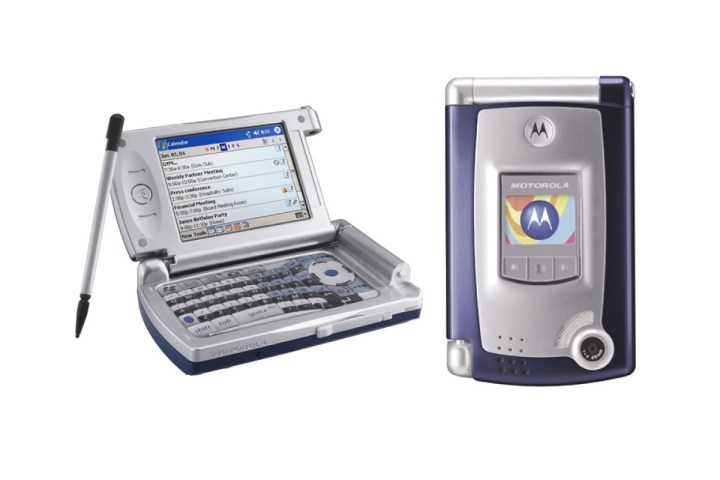
The Motorola MPx stood out as one of the most innovative phones of the early 2000s thanks to its unique dual-hinge design. This feature allowed users to unfold it either vertically, like a traditional flip phone, or horizontally. It had a 2.8-inch color screen and ran the Microsoft Windows Mobile operating system. Interestingly, the mobile phone also had a built-in stylus. Although the phone was aimed at professionals, it was too complex for its time. The following year, Motorola released the original Razr, which laid the foundation for modern foldable flip phones like the Galaxy Z Flip.
Samsung Serene (2005)
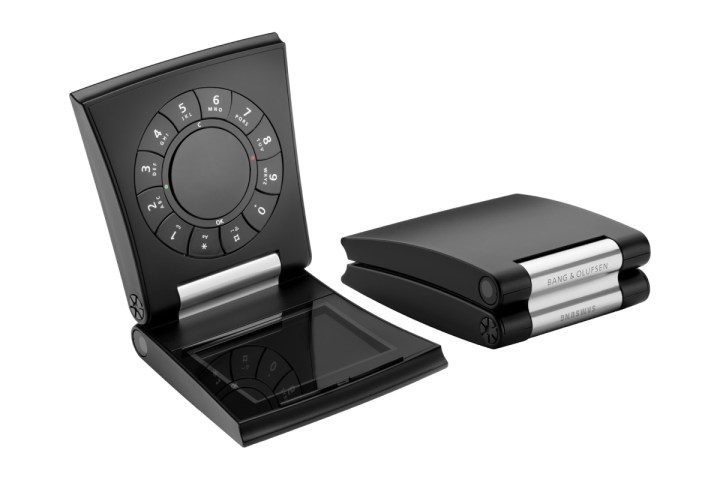
In 2005, Samsung released the phone in collaboration with Bang & Olufsen, a high-end audio brand. The phone had a motorized aluminum hinge that opened like a laptop. One half of the phone had a screen, and the other had a round keyboard and a scroll wheel, like an iPod. In addition to the awkward design, the phone lacked important features such as an MP3 player, VCR, or 3G connectivity, which were standard on mobile phones at the time.
Nokia H93 (2006)
At a time when camera phones were gaining popularity, the Nokia N93, the successor to the Nokia N90 (2005), featured a rotating design reminiscent of a camcorder. It had a 2-megapixel camera with 3x optical zoom, autofocus, flash and editing functions. The 2.4-inch screen could be opened either vertically or horizontally, plus it had a small LCD screen that displayed the time, incoming calls, and more. Despite everything, the bulky design of the device made transportation difficult.
Toshiba G450 (2008)
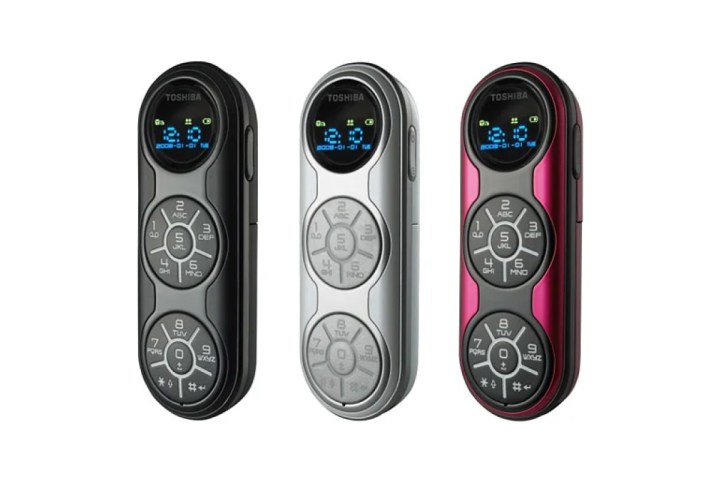
One of the strangest mobile phones ever made was the Toshiba G450, which had a remote control-like design with three circular elements. The circular screen was located at the top, and below it were two alphanumeric keypads: one with the numbers 1 to 6 in the middle, and another with numbers 7 to 9 at the bottom. This made typing on it confusing and unintuitive. On the other hand, the phone offered MP3, USB and HSDPA modem, but lacked important features such as Bluetooth.
Samsung Galaxy Beam (2012)
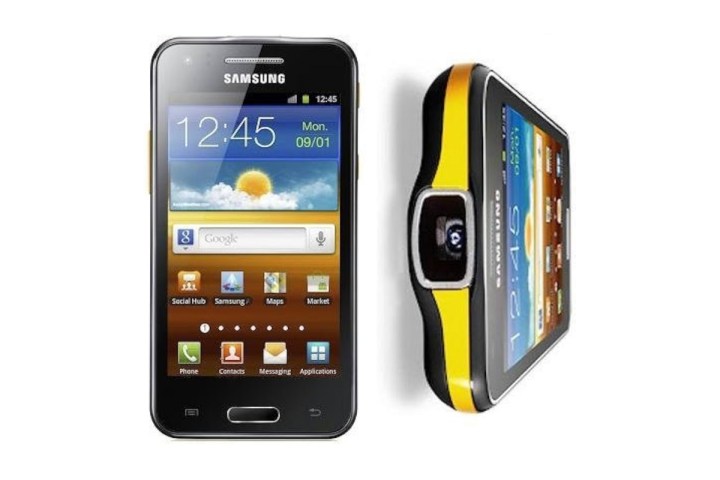
In 2012, Samsung decided to integrate a mini projector into the Galaxy S2 body, giving birth to the Samsung Galaxy Beam. This Pico nHD projector had a resolution of 640 x 360 pixels and 15 lumens of brightness, capable of projecting videos and images up to 50 inches in size at a distance of 1.83 meters, which was impressive for a phone. However, Galaxy Beam did not achieve the expected success due to outdated hardware and software that was already two years old, which negatively affected its sales.
LG Wing (2020)
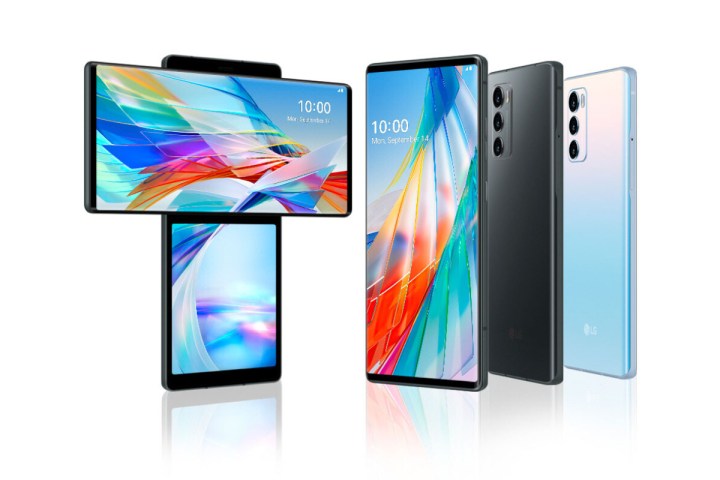
The LG Wing had two screens: the top one could rotate, and the bottom one was in a vertical orientation. The result was a hammer-like design that offered multiple use cases: launching an app on a horizontal screen and accessing its controls on a vertical one, or opening different apps on each screen. It also had a pop-up selfie camera. While the LG Wing was praised for its cutting-edge software, it was one of the last devices released by the company’s smartphone division before shutting down due to poor sales.
Source: Digital Trends







